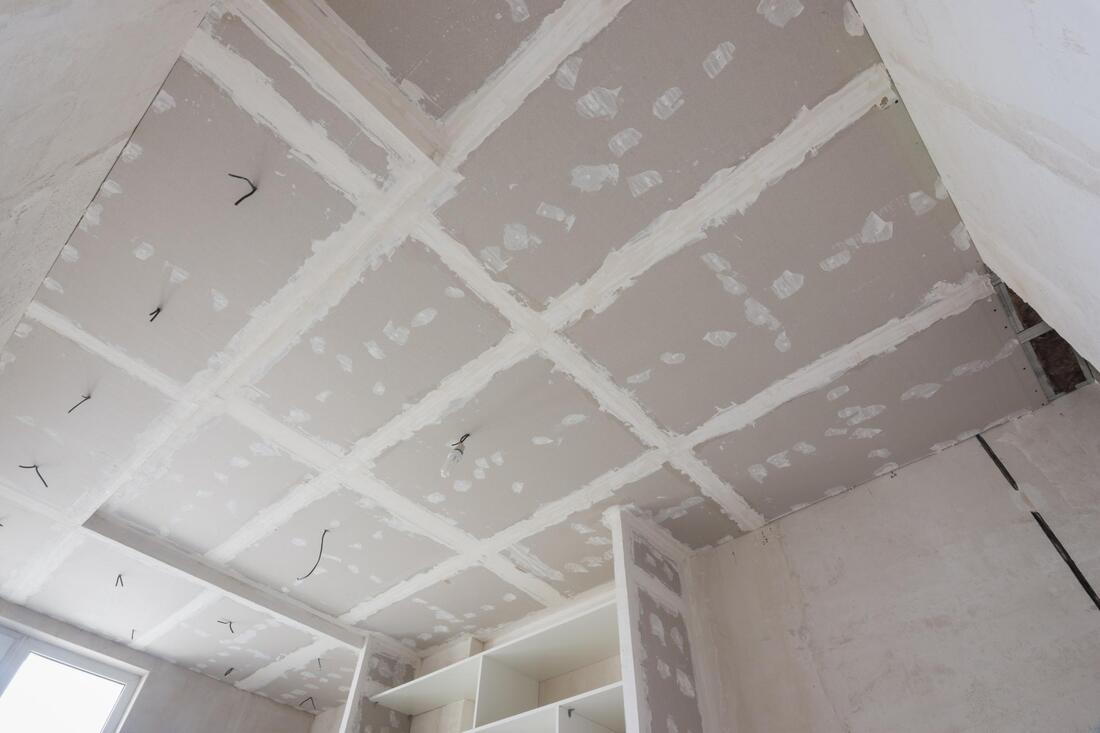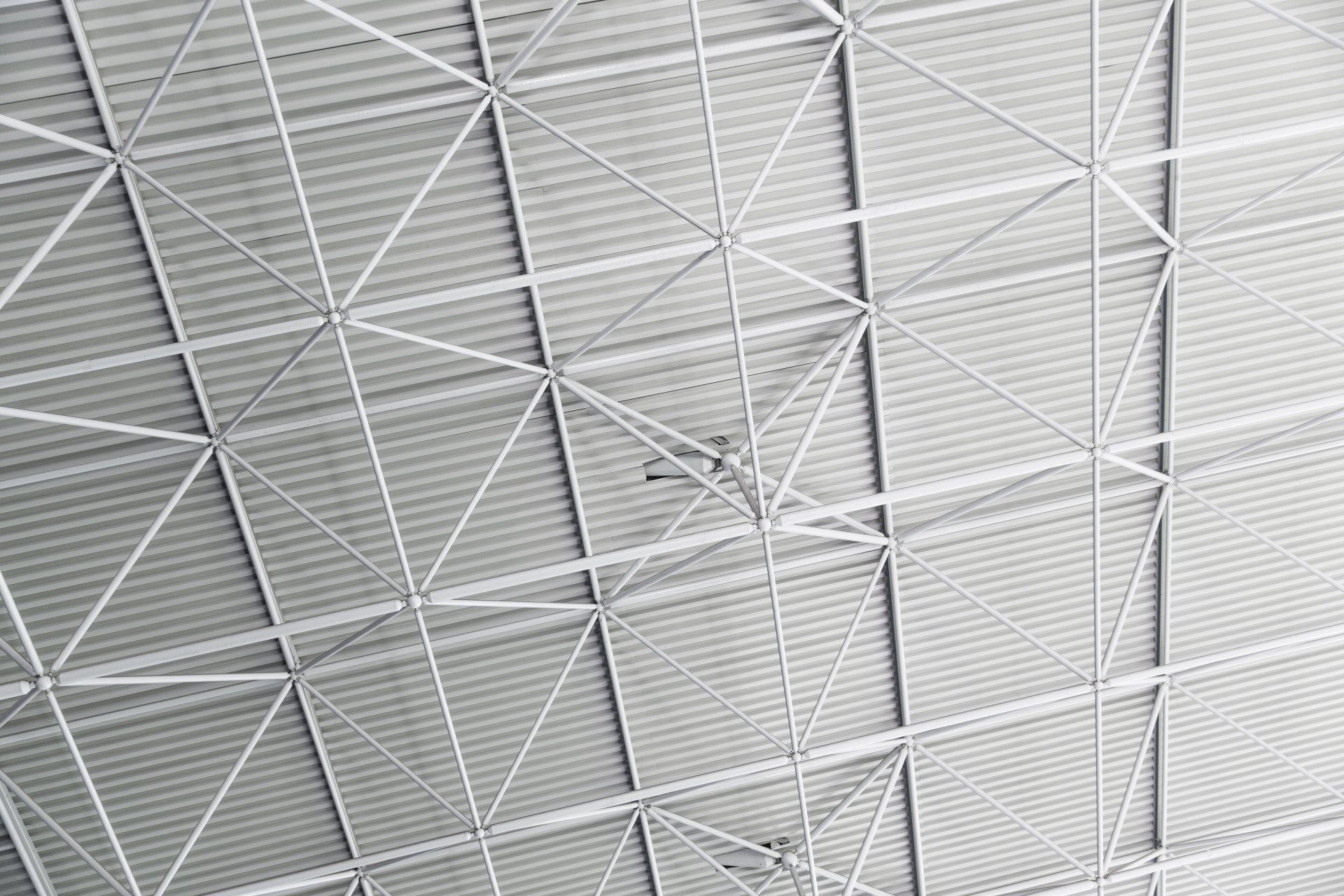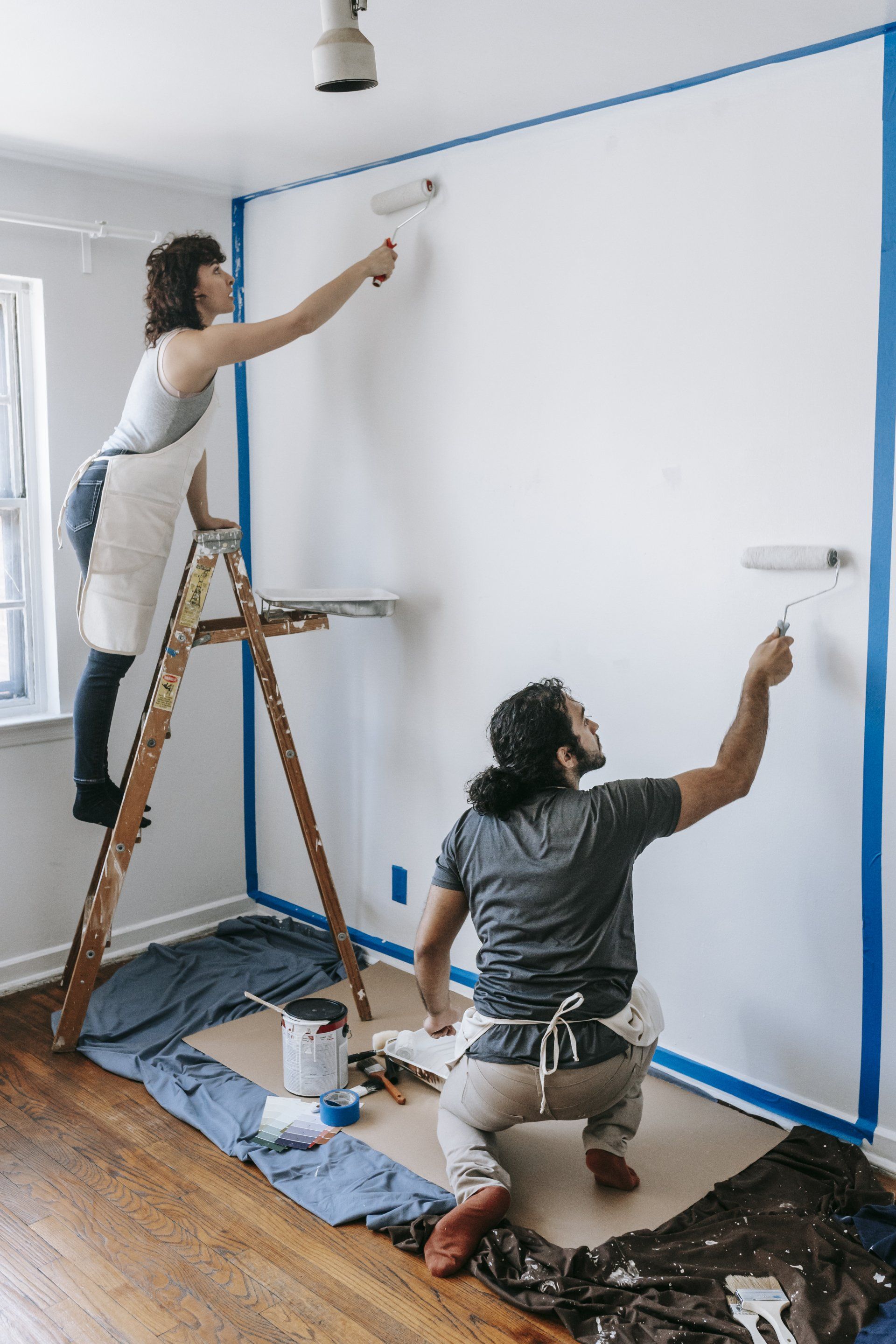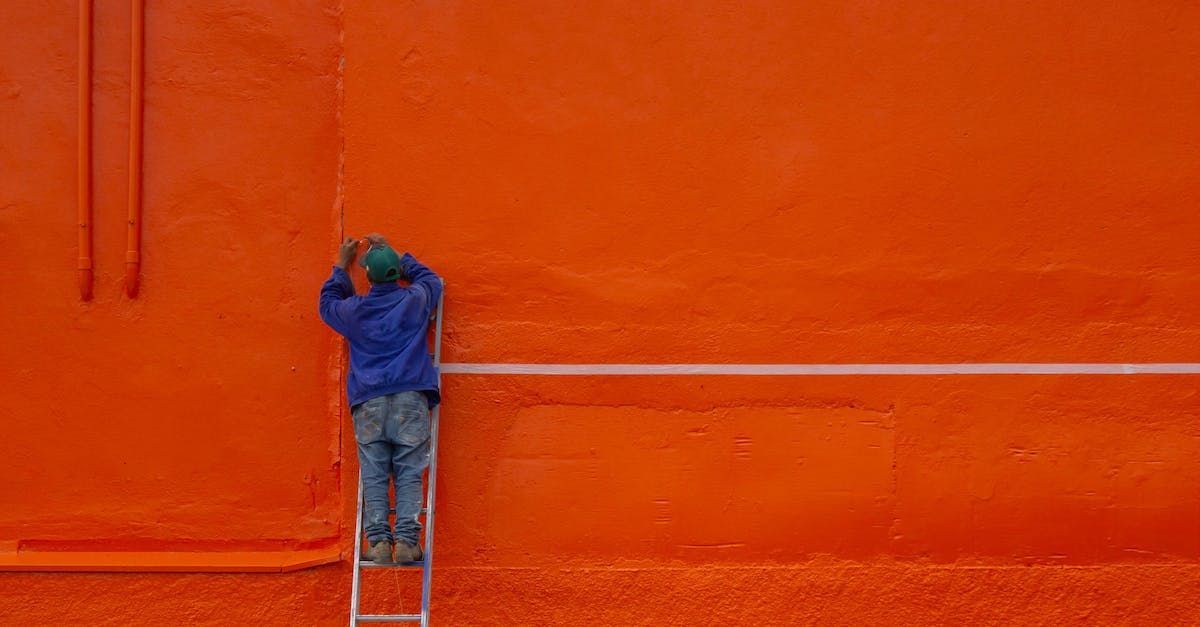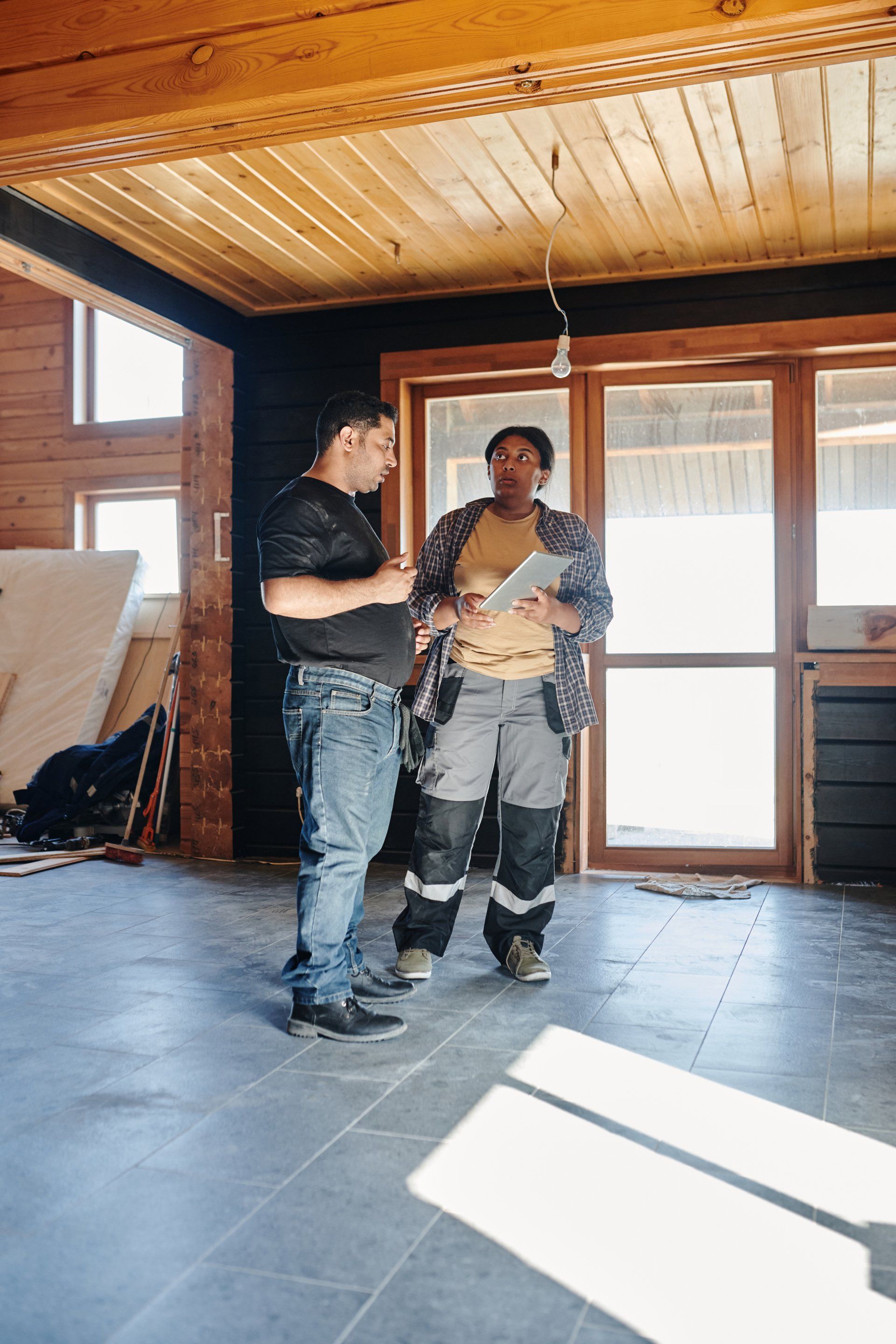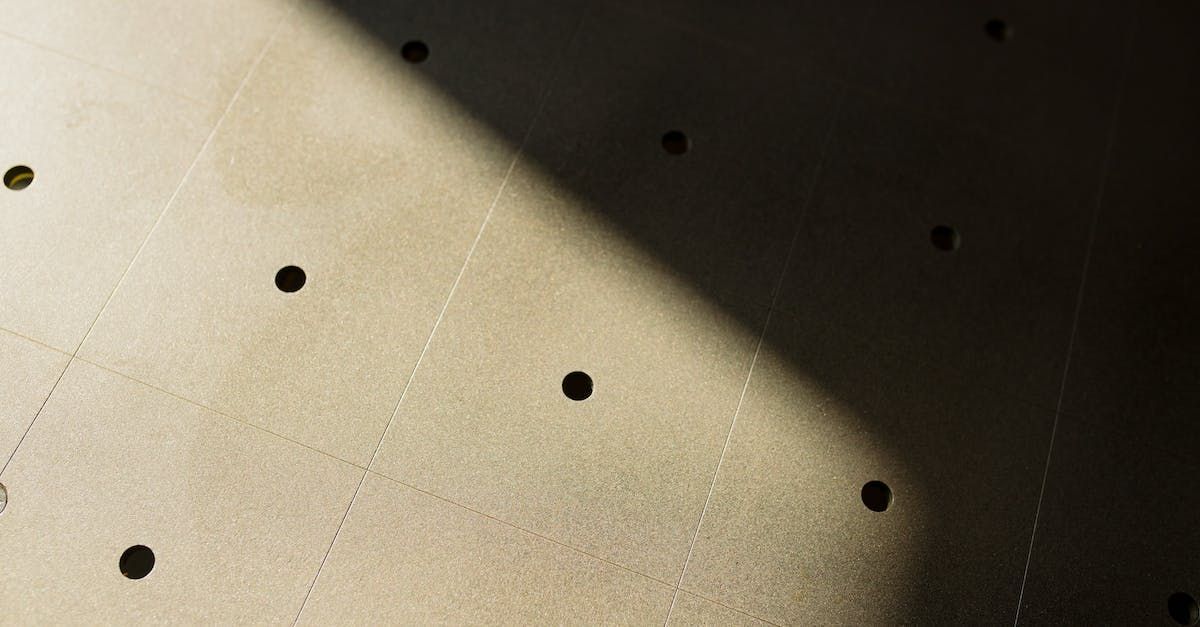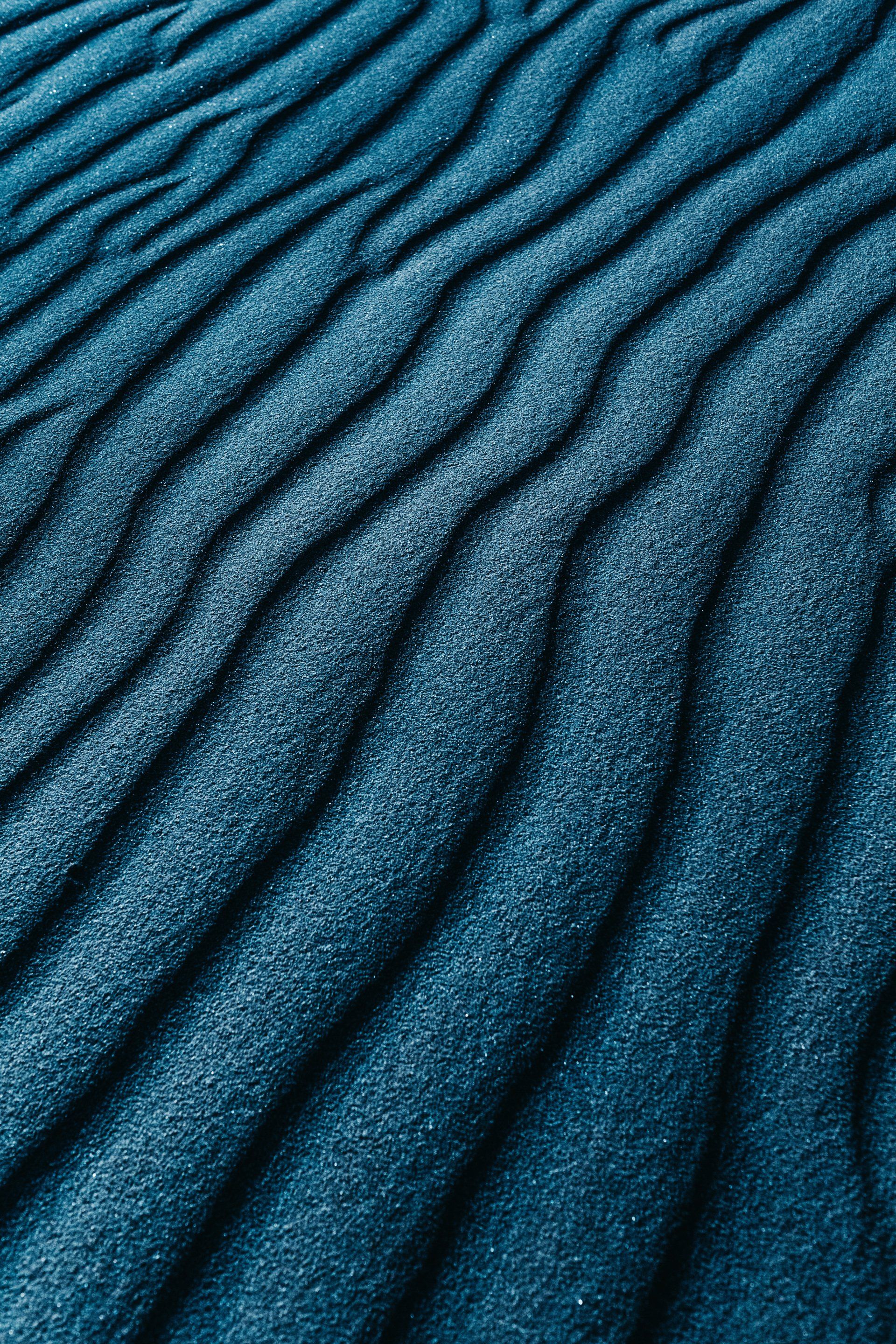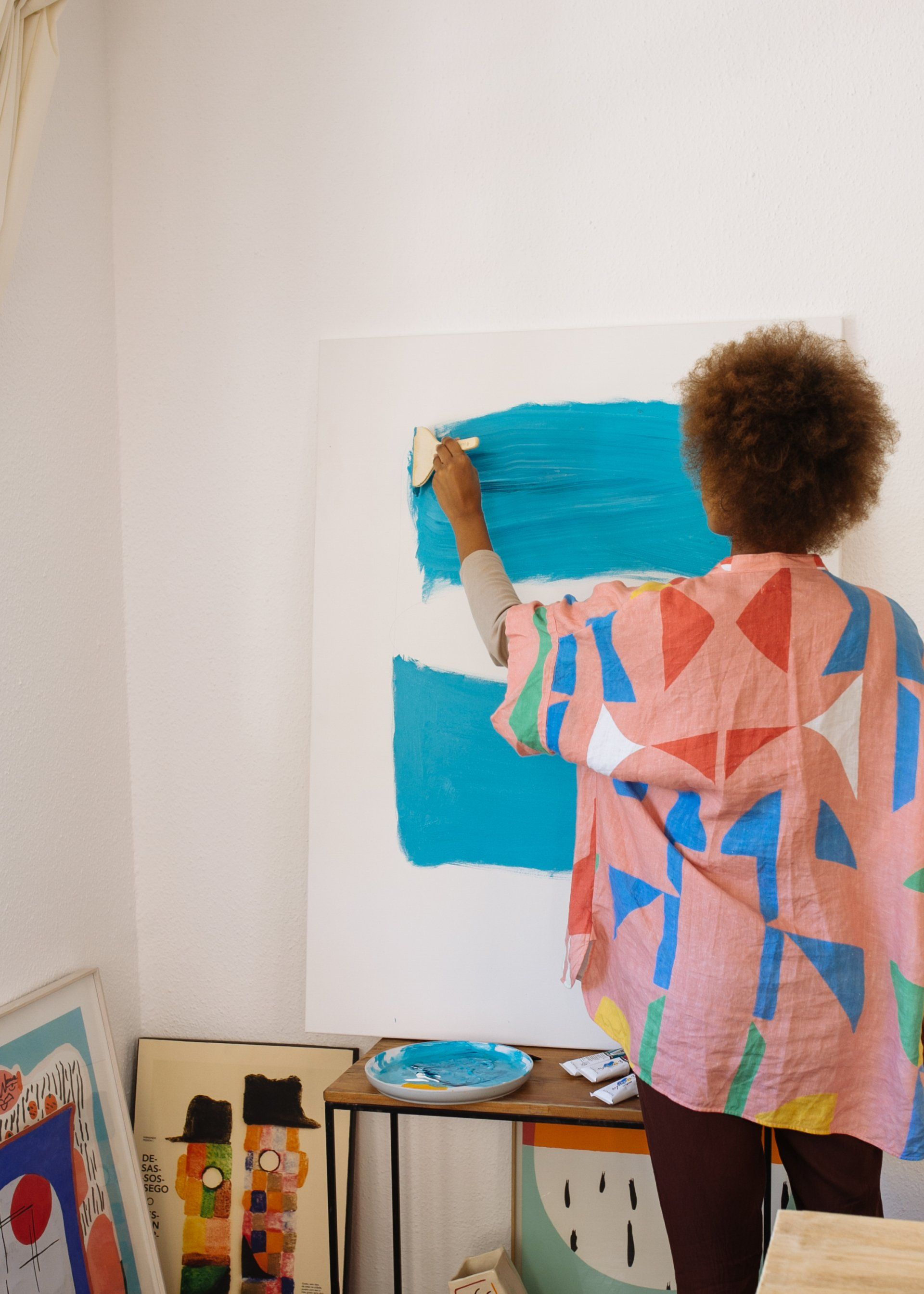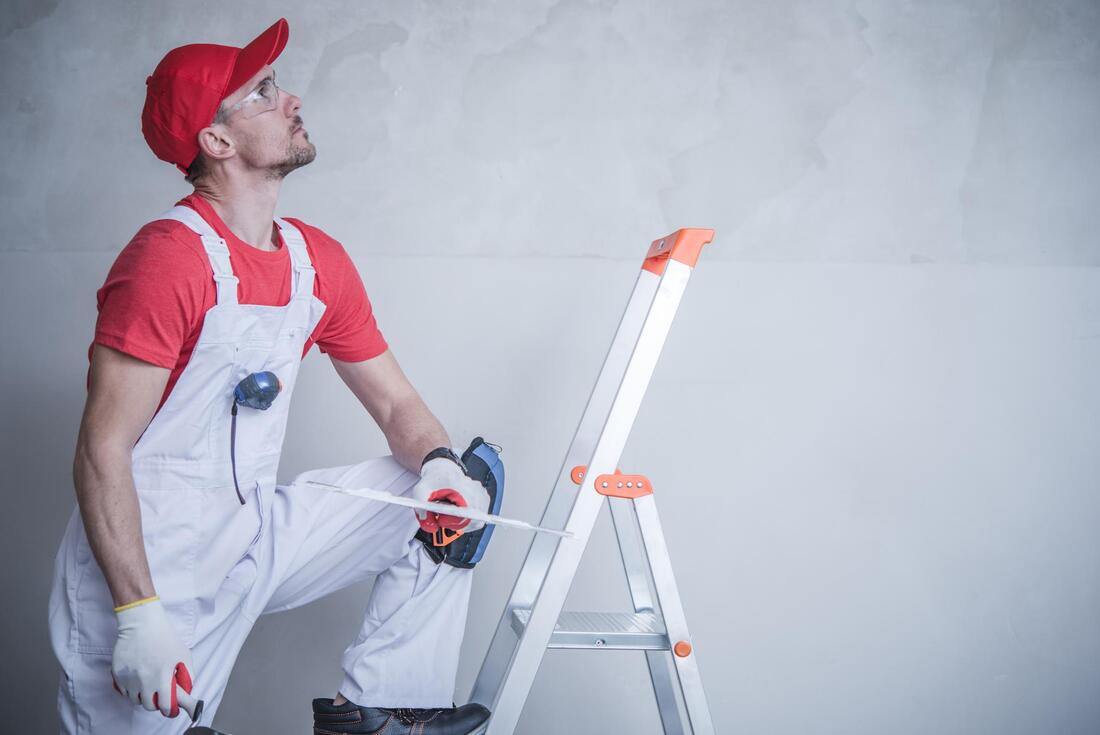Exploring the World of Drywall Ceiling Texture: A Guide to Styles and Techniques
Drywall Ceiling Texture Styles: Elevating Interiors with Patterns and Techniques
In the vast universe of interior design, the term "drywall ceiling texture" holds a significant place, offering both functional and aesthetic enhancements to any room. This article delves deep into the various drywall ceiling texture types, each possessing its unique charm and characteristics. Understanding these textures is crucial for homeowners, designers, and builders alike, as it plays a pivotal role in the overall ambiance and style of a space.
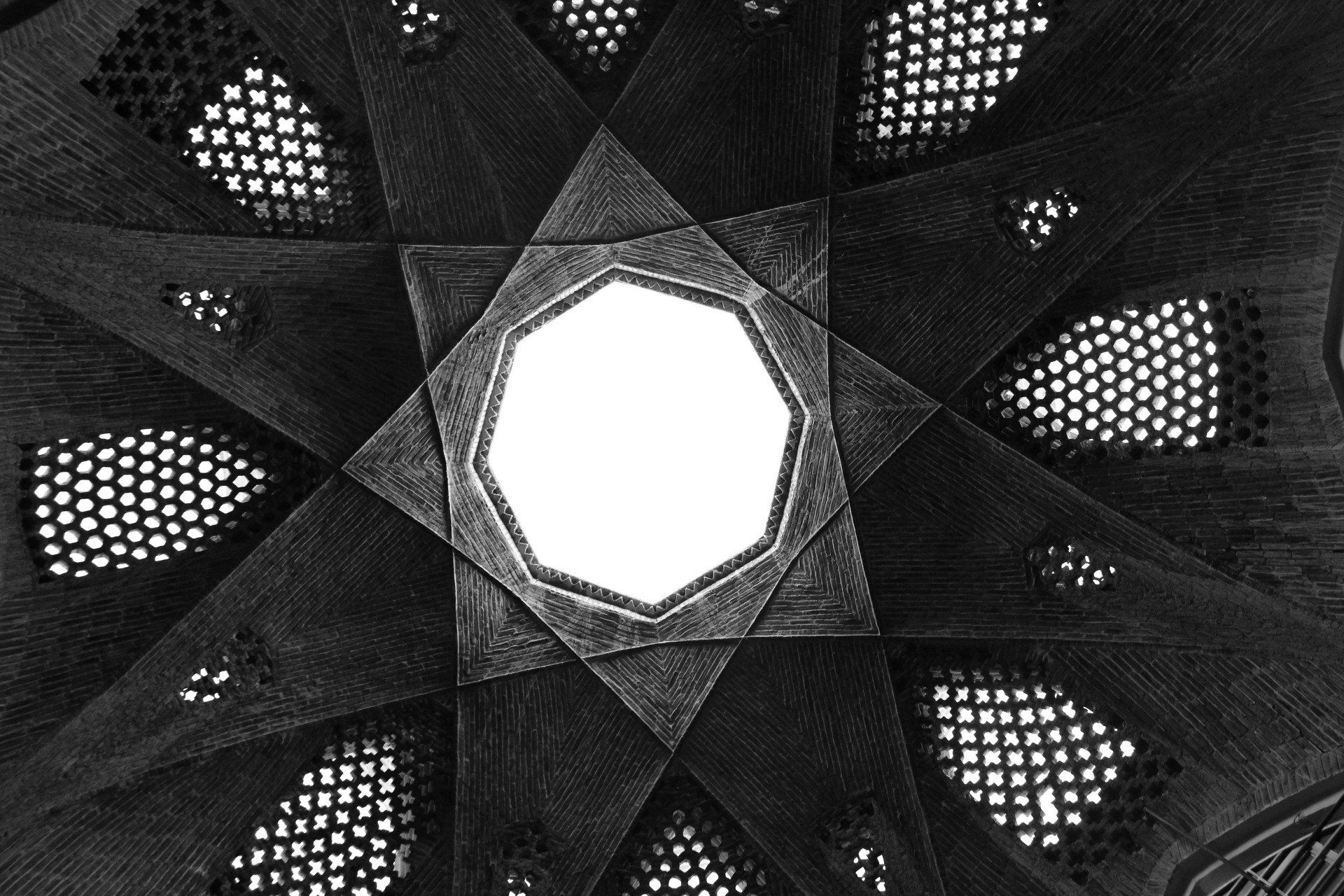
The Diverse Palette of Drywall Ceiling Texture Types
Drywall ceiling texture is not just about creating a visual impact; it's about crafting an atmosphere. From the subtle to the dramatic, the range of textures available can transform a plain ceiling into a statement piece.
Popcorn Texture: Known for its distinctive bumpy surface, popcorn texture is a classic choice. This texture, ideal for its acoustic properties, is excellent at hiding imperfections. However, it can be challenging in terms of drywall ceiling texture repair due to its unique application technique.
Knockdown Texture: This style is created by applying joint compound in a thick layer and then flattening it ("knocking it down") to form a texture. The result is a mottled, sophisticated appearance, making it one of the most popular drywall ceiling texture styles.
Orange Peel Texture: Resembling the skin of an orange, this texture adds a subtle but interesting dimension to ceilings. It’s achieved through spraying techniques and is relatively easier to repair compared to more complex patterns.
Smooth Texture: For those who prefer a minimalistic approach, the smooth texture is the go-to option. It offers a sleek, modern look but requires a high level of skill and precision during application, especially when it comes to achieving a flawless finish.
Swirl Texture: Swirls create a pattern of circular shapes across the ceiling, offering a unique and artistic look. This is one of the more traditional drywall ceiling texture patterns and requires skilled handiwork to achieve the desired effect.
Techniques Behind the Textures
The creation of drywall ceiling texture is an art in itself, involving various tools and techniques. Here’s a glimpse into some common drywall ceiling texture techniques:
Spray Technique: Used primarily for popcorn and
orange peel textures, this involves spraying a texture compound onto the ceiling using a hopper gun.
Trowel Technique: Utilized for knockdown and swirl textures, this requires the use of a trowel or knife to manually shape and sculpt the texture compound.
Repairing and Maintaining Ceiling Textures
Maintaining the beauty of drywall ceiling textures is essential. Drywall ceiling texture repair involves matching the existing pattern as closely as possible, which can be challenging but is key to restoring the ceiling's original appearance. Regular cleaning and periodic touch-ups can help maintain the longevity and aesthetics of these textures.
Enhancing Aesthetics with Drywall Ceiling Texture Patterns
The journey into the realm of drywall ceiling texture does not stop at the mere selection of a style. The intricate patterns that can be created using these textures bring an additional layer of sophistication to any space.
Customizable Options in Ceiling Textures
Customization is key in the world of drywall ceiling texture patterns. With the right tools and techniques, these textures can be tailored to meet the specific aesthetic requirements of a room. For instance, the density and spread of a popcorn texture can be adjusted to create various levels of acoustic insulation and visual appeal. Similarly, the size and shape of swirls in a swirl texture can be customized to match a room’s decor, making each ceiling a unique work of art.
The Role of Color in Textured Ceilings
Color plays a pivotal role in enhancing drywall ceiling textures. While traditional white is a popular choice, adding color to these textures can dramatically alter the look and feel of a room. For example, a light-colored knockdown texture can make a room feel more open and airy, while a darker shade can add a sense of depth and coziness.
Drywall Ceiling Texture Techniques: A Skillful Craft
The application of drywall ceiling texture is a craft that requires skill and precision. Professionals use a variety of tools, such as texture brushes, combs, and knives, to achieve the desired effect. The technique used can significantly influence the final outcome, making it essential to understand the nuances of each method.
Drywall Ceiling Texture Repair: Restoring Beauty
Over time, ceiling textures may require repair due to damage or wear and tear. Drywall ceiling texture repair is a meticulous process that involves matching the existing texture as closely as possible. Professionals use specialized techniques to blend the new texture seamlessly with the old, ensuring that the repair is virtually unnoticeable.
The Evolution of Ceiling Textures in Modern Design
The evolution of drywall ceiling texture styles reflects the changing trends in interior design. While some texture ceiling types have a timeless appeal, others have evolved to suit contemporary tastes. For instance, smoother drywall ceiling finish types are increasingly popular in modern minimalist designs, where the emphasis is on clean lines and simplicity. The most popular ceiling texture 2022 included a variety of drywall ceiling patterns, each offering unique types of drywall ceiling textures. Moving forward, the most popular ceiling texture 2023 continues to influence new ceiling texture patterns and inspire innovative interior aesthetics.
Combining Textures for a Unique Look
One of the latest trends in interior design is the combination of different modern ceiling textures within the same space. This approach can define different areas within a room or add a layer of complexity to the design. For example, a smooth texture can be used in the main area of a living room, while a more intricate texture like swirl or knockdown can highlight a specific section, such as a dining area or reading nook. Popular ceiling textures like knockdown and swirl offer varied texture a ceiling techniques that enhance the room's aesthetic. Utilizing different ceiling texture types allows for a unique blend of modern ceiling textures, making each section of the room distinct. Whether you're using sheetrock texturing techniques or experimenting with ceiling stippling patterns, the possibilities for innovative design are endless.
The Importance of Professional Expertise
While DIY projects are popular, the application and repair of drywall ceiling textures are best left to professionals. Their expertise ensures that the texture is applied evenly and lasts longer. They can also provide valuable advice on the best type of texture for a specific room based on its size, lighting, and overall design theme.
Conclusion: Ceilings as a Canvas of Creativity
As we wrap up our exploration of drywall ceiling texture, it's evident that these textures are more than just a functional element; they are a canvas of creativity. They offer endless possibilities to enhance the aesthetic appeal of a room, making each ceiling a unique statement piece. Whether you are building a new home, remodeling an existing space, or simply looking to add character to your room, the right drywall ceiling texture can make all the difference. With the right choice, you can transform your ceiling into a masterpiece that complements and enriches the overall design of your space.

